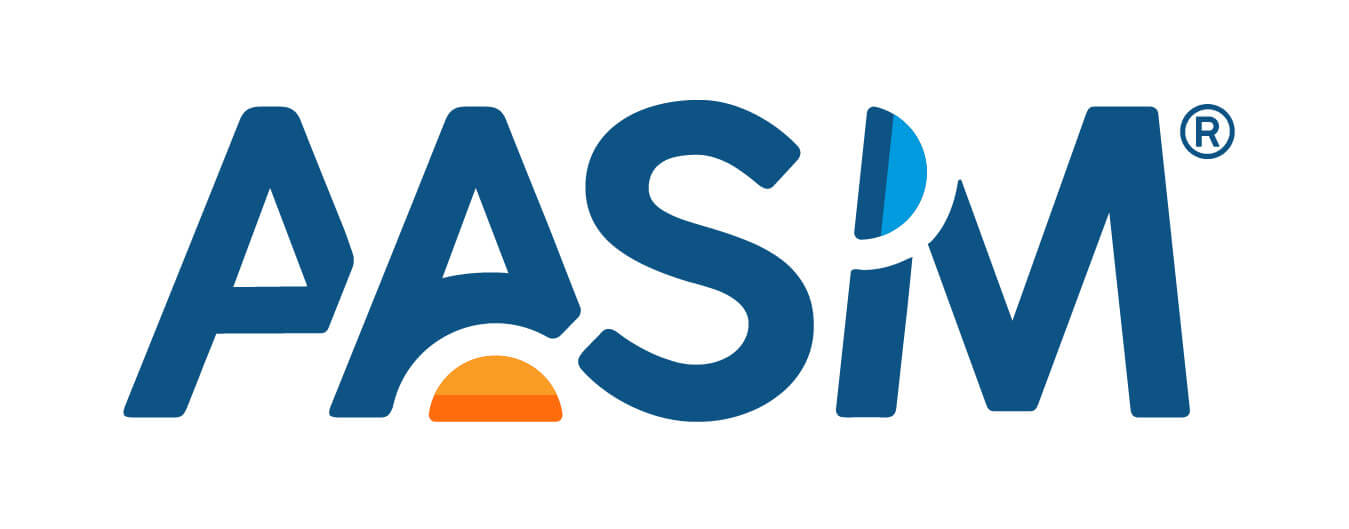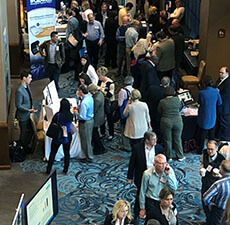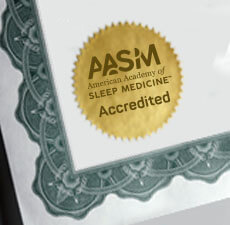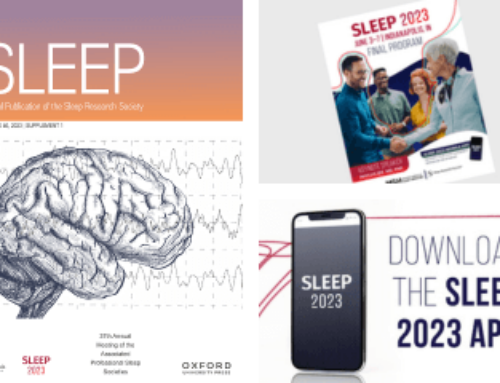EMBARGOED FOR RELEASE
June 10, 2008, at 12:01 a.m.
CONTACT:
Kathleen McCann
(708) 492-0930, ext. 9316
WESTCHESTER, Ill. – Decreased nightly total sleep time, even within the normal range, is associated with an increased percentage of REM sleep during subsequent naps, according to a research abstract that will be presented on Tuesday at SLEEP 2008, the 22nd Annual Meeting of the Associated Professional Sleep Societies (APSS).
The study, authored by Jennifer Kanady, of the University of California at San Diego, focused on 24 healthy subjects, who wore an actigraph for seven nights while adhering to a regular sleep-wake schedule followed by a 90-minute, polysomnographically-recorded nap. The influence of two-night and seven-night averages of total sleep time immediately prior to the nap on nap architecture was examined.
According to the results, less prior nightly total sleep time increased the percentage of REM sleep during the nap. Average total sleep time did not affect any other architecture variable of the nap. Bed and wake time appear to influence REM sleep percentage only in the short-term.
"The findings of our study indicate that minute differences in ‘normal’ sleep duration influence the percentage of REM sleep obtained in a subsequent afternoon nap,” said Kanady. “Specifically, 10 minutes less sleep per night led to a 1.3 percent increase in nap REM percentage. These results may have important implications for studies examining sleep-dependent memory consolidation, particularly those studies that highlight the importance of REM sleep."
It is recommended that adults get between seven and eight hours of nightly sleep.
The American Academy of Sleep Medicine (AASM) offers the following tips on how to get a good night’s sleep:
- Follow a consistent bedtime routine.
- Establish a relaxing setting at bedtime.
- Get a full night’s sleep every night.
- Avoid foods or drinks that contain caffeine, as well as any medicine that has a stimulant, prior to bedtime.
- Do not bring your worries to bed with you.
- Do not go to bed hungry, but don’t eat a big meal before bedtime either.
- Avoid any rigorous exercise within six hours of your bedtime.
- Make your bedroom quiet, dark and a little bit cool.
- Get up at the same time every morning.
Those who suspect that they might be suffering from a sleep disorder are encouraged to consult with their primary care physician or a sleep specialist.
The annual SLEEP meeting brings together an international body of 5,000 leading researchers and clinicians in the field of sleep medicine to present and discuss new findings and medical developments related to sleep and sleep disorders.
More than 1,150 research abstracts will be presented at the SLEEP meeting, a joint venture of the AASM and the Sleep Research Society. The three-and-a-half-day scientific meeting will bring to light new findings that enhance the understanding of the processes of sleep and aid the diagnosis and treatment of sleep disorders such as insomnia, narcolepsy and sleep apnea.
SleepEducation.com, a patient education Web site created by the AASM, provides information about various sleep disorders, the forms of treatment available, recent news on the topic of sleep, sleep studies that have been conducted and a listing of sleep facilities.
Abstract Title: The Relationship between Prior Sleep and Nap Architecture
Presentation Date: Tuesday, June 10
Category: Neuroscience
Abstract ID: 0052
# # #








